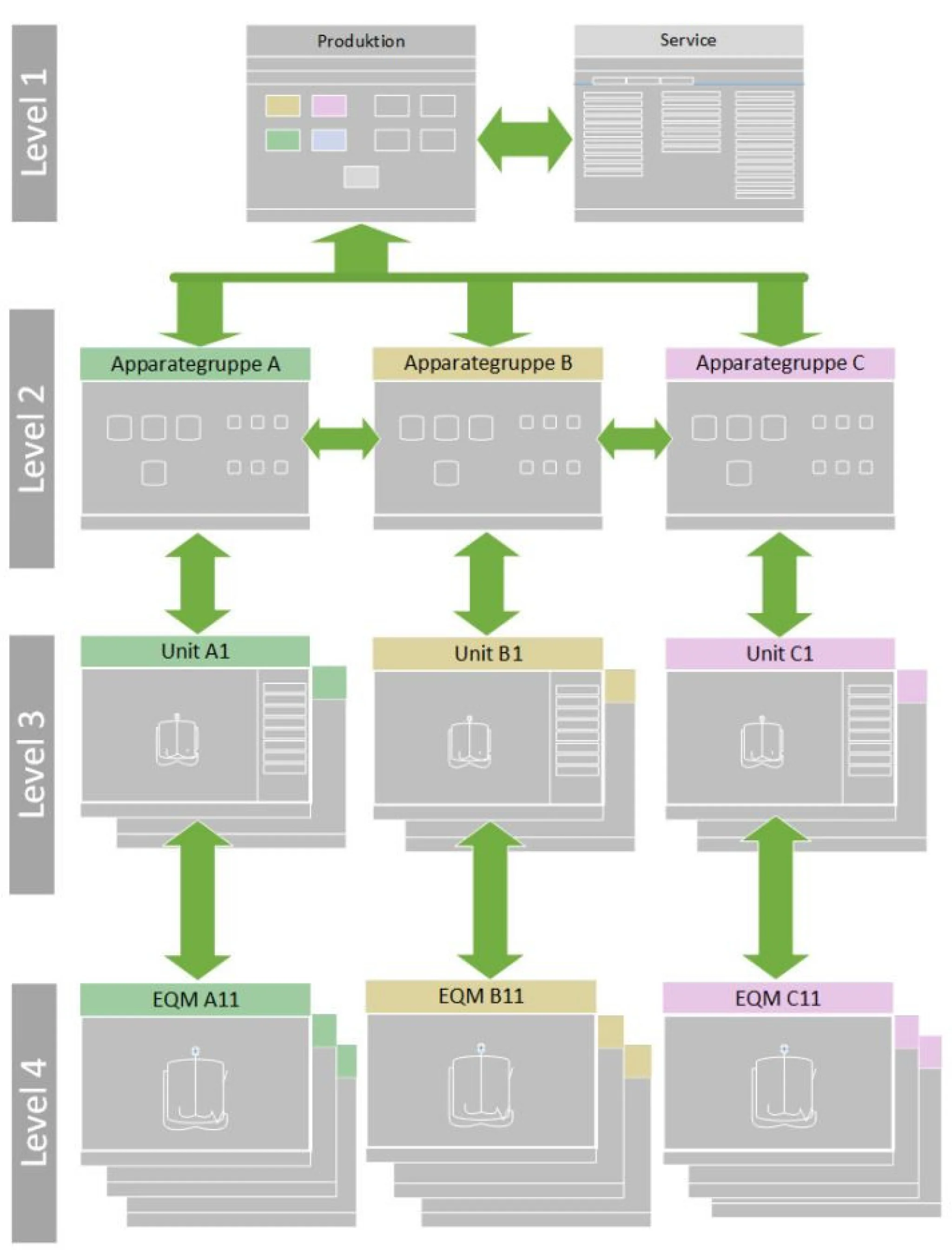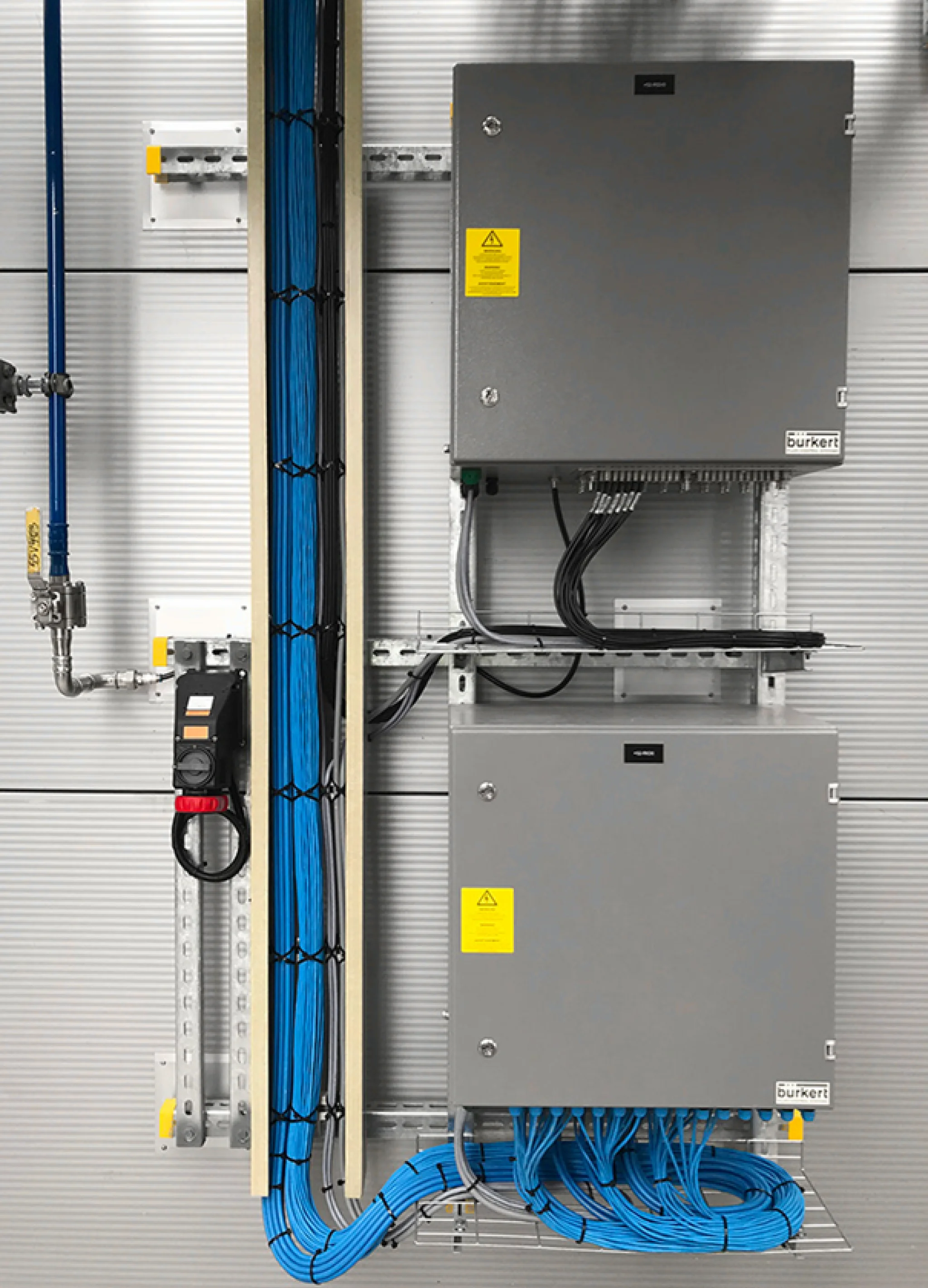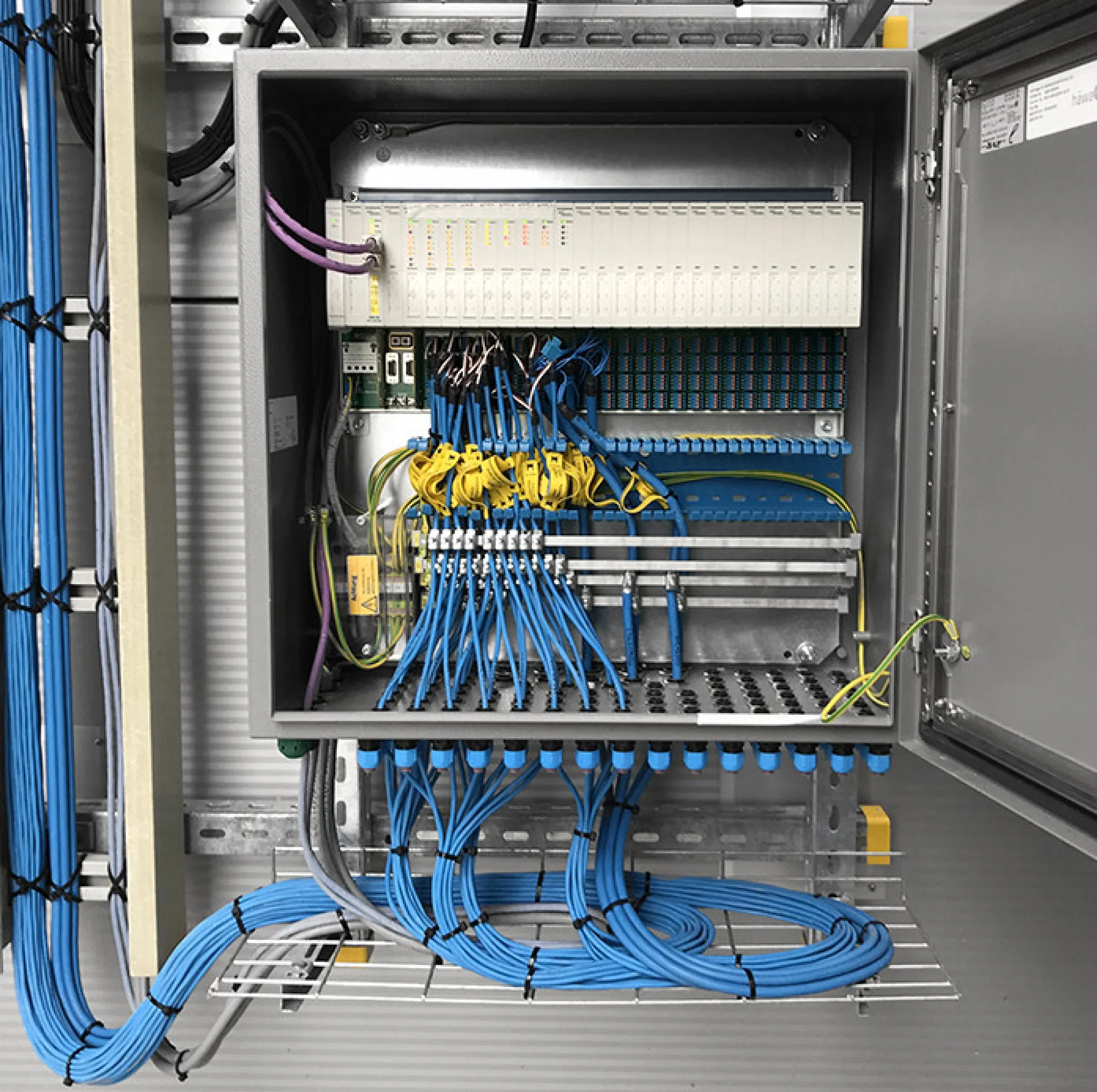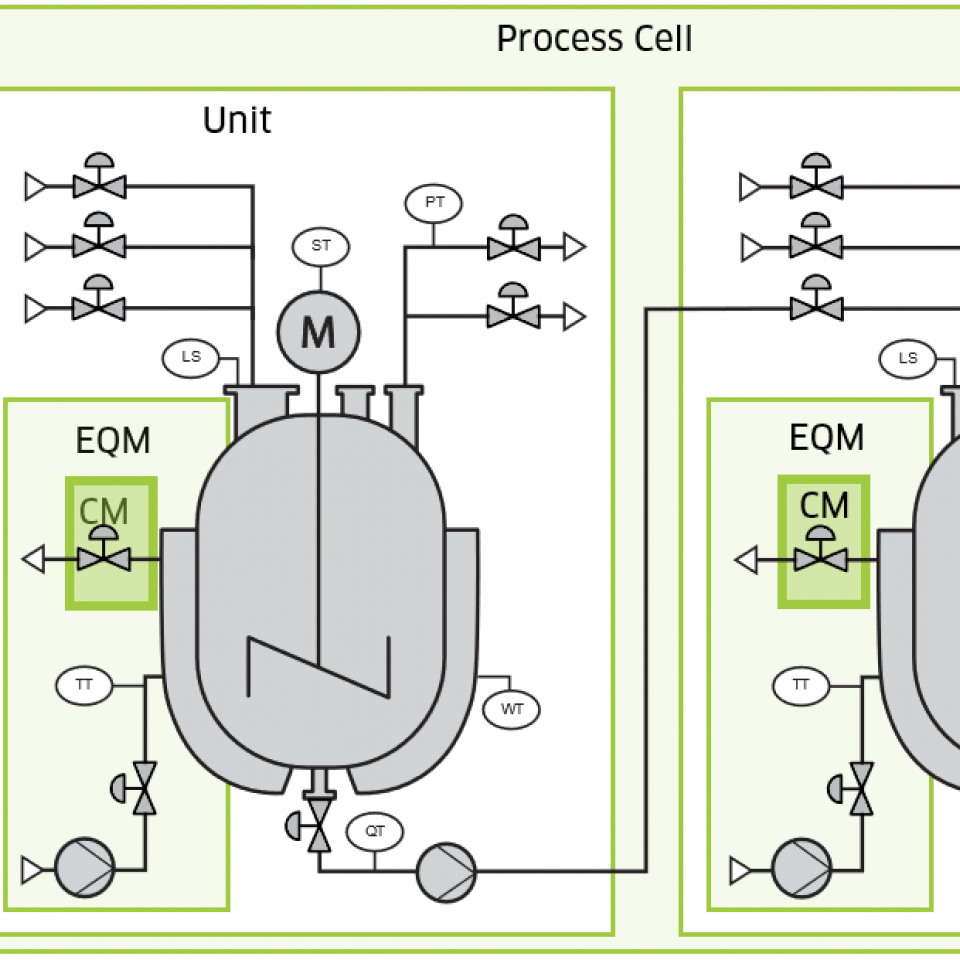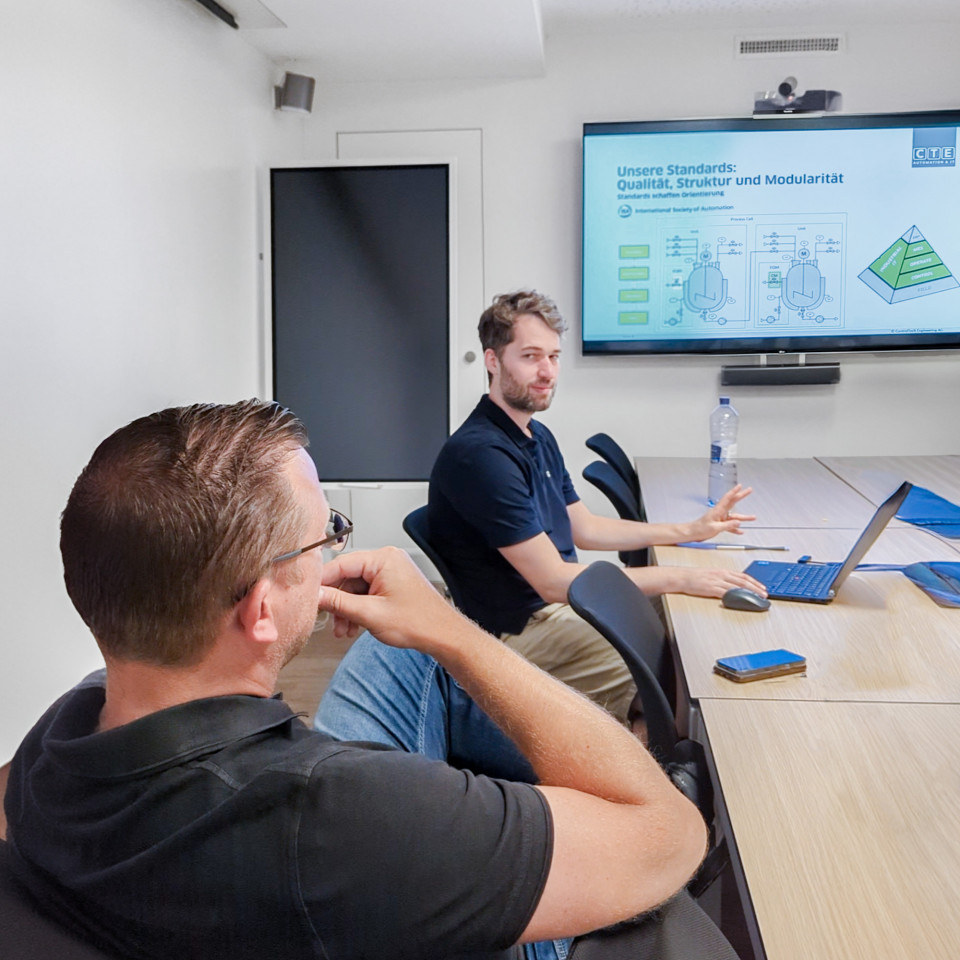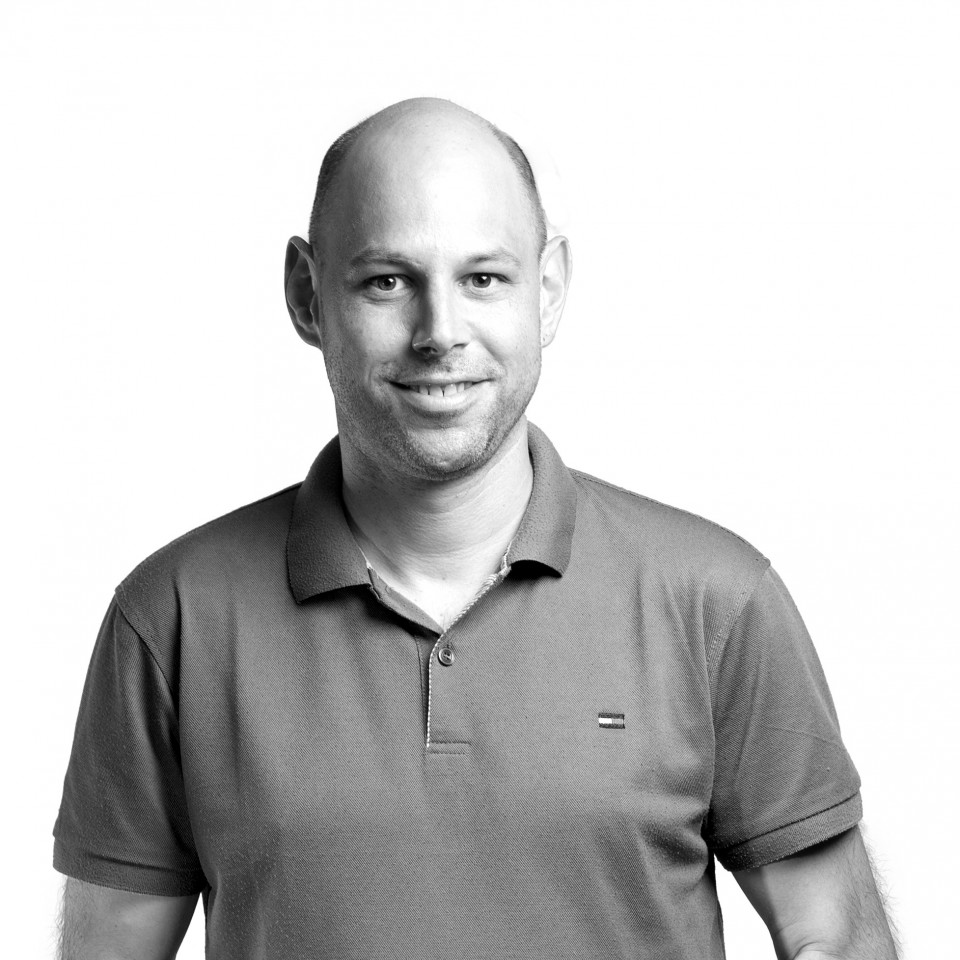Do it the same, but better!
DOTTIKON EXKLUSIVE SYNTHESIS AG relies on proven concepts, state-of-the-art technology and innovation for the construction of two new plants.
Greenfield projects offer a good opportunity to rethink proven concepts and incorporate the latest technical advances. Our long-standing customer DOTTIKON EXCLUSIVE SYNTHESIS AG is relying on tried-and-tested solutions for the construction of two new greenfield plants, but is striving for innovation. CTE supports with expertise and delivers the innovative design for automation, OT and EMSR from a single source.

Greenfield projects offer a good opportunity to break new ground. This is also the case with DOTTIKON EXCLUSIVE SYNTHESIS AG. The company has been making forward-looking decisions since the 1990s. Whether it was the use of Provox as the first control system or the early introduction of the compact DeltaV system in Switzerland in the early 2000s - DOTTIKON EXCLUSIVE SYNTHESIS AG has always been one step ahead.
